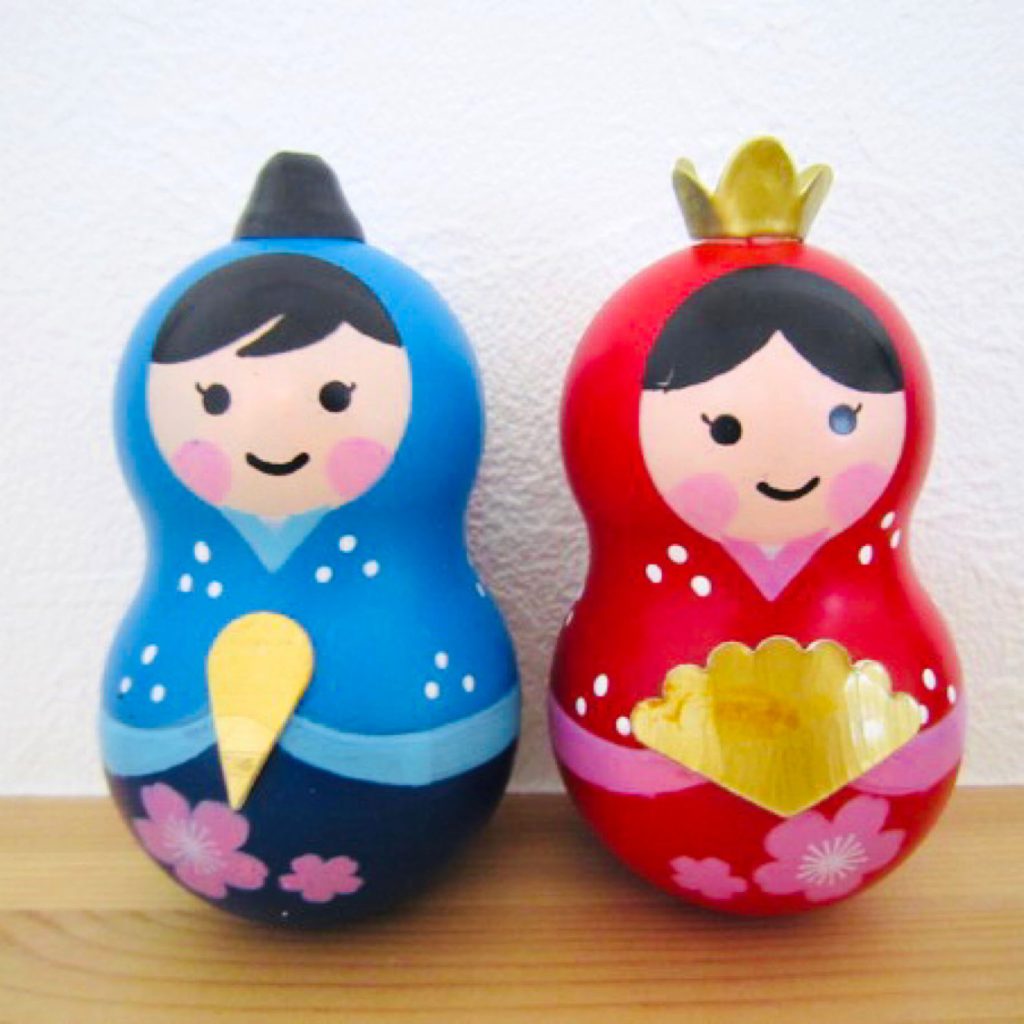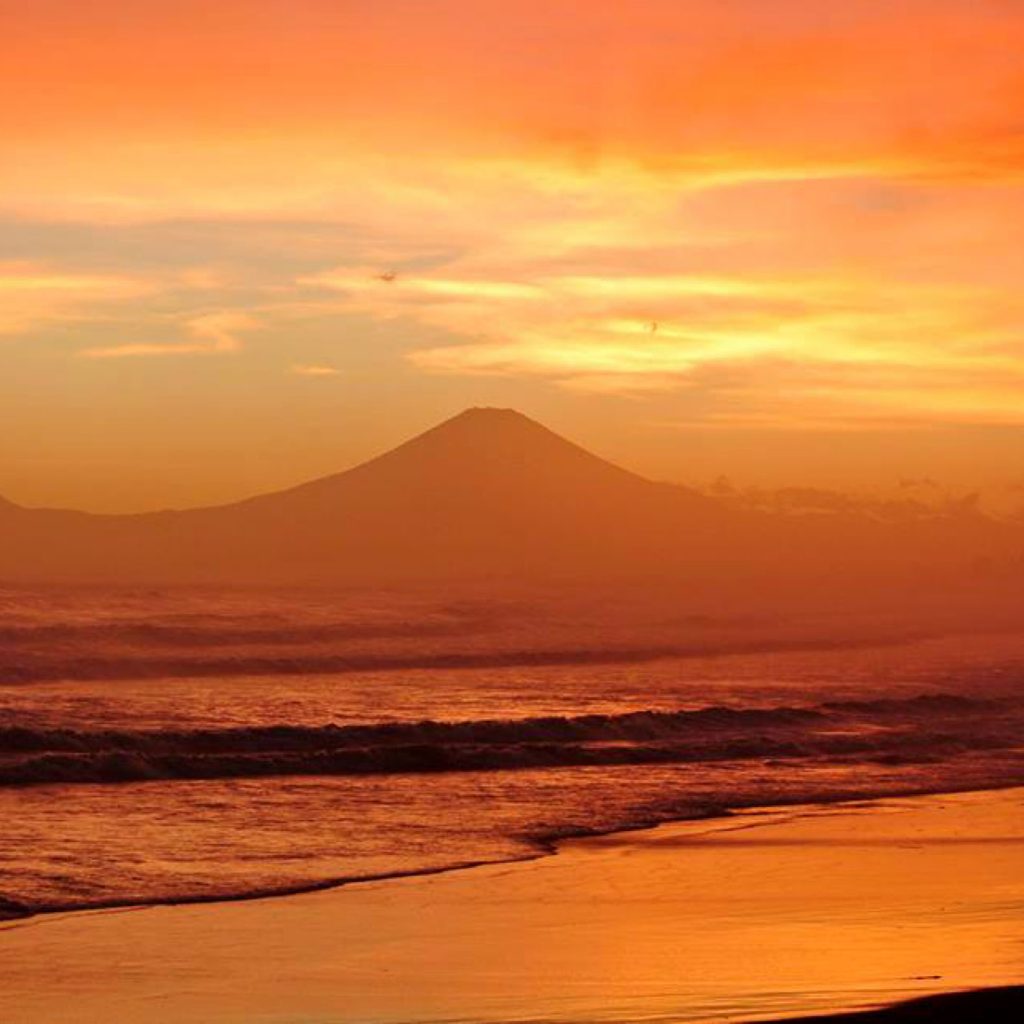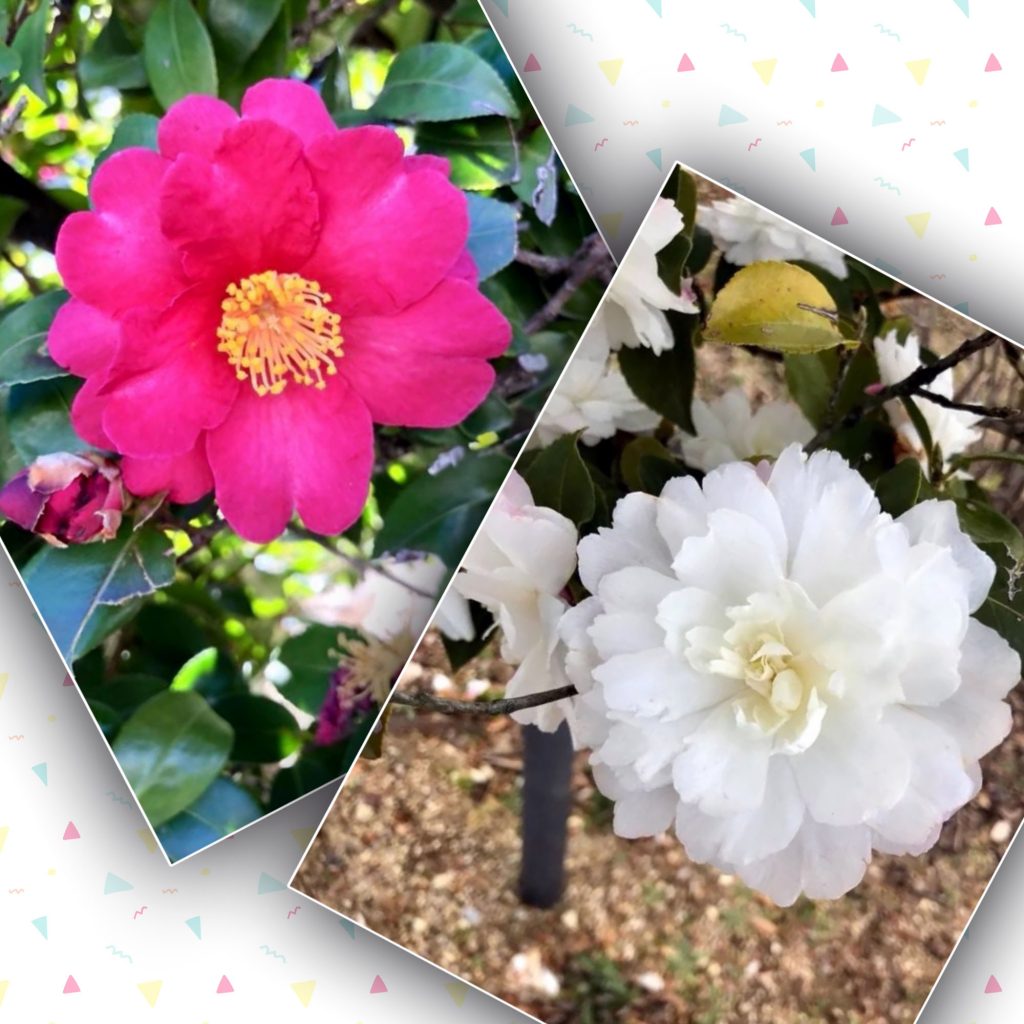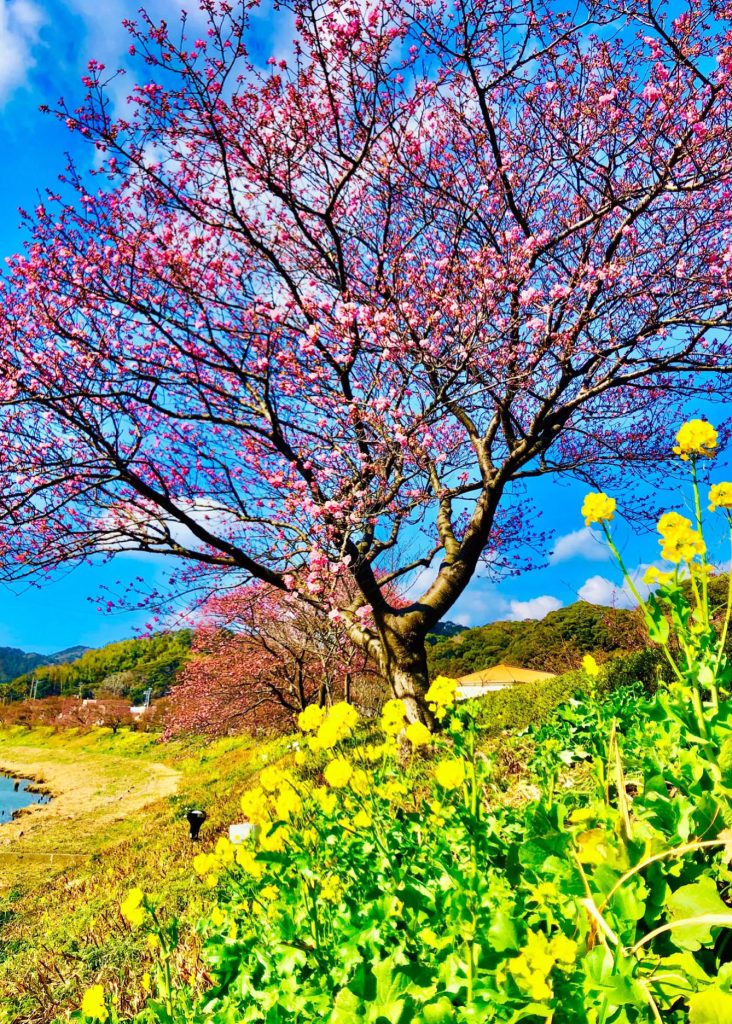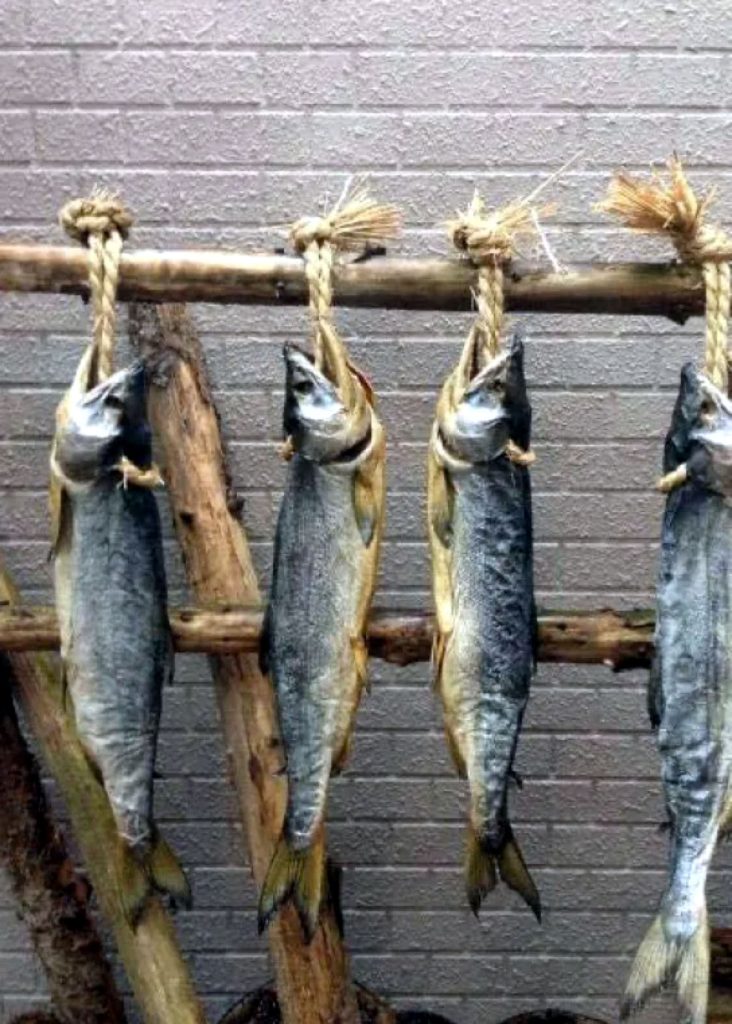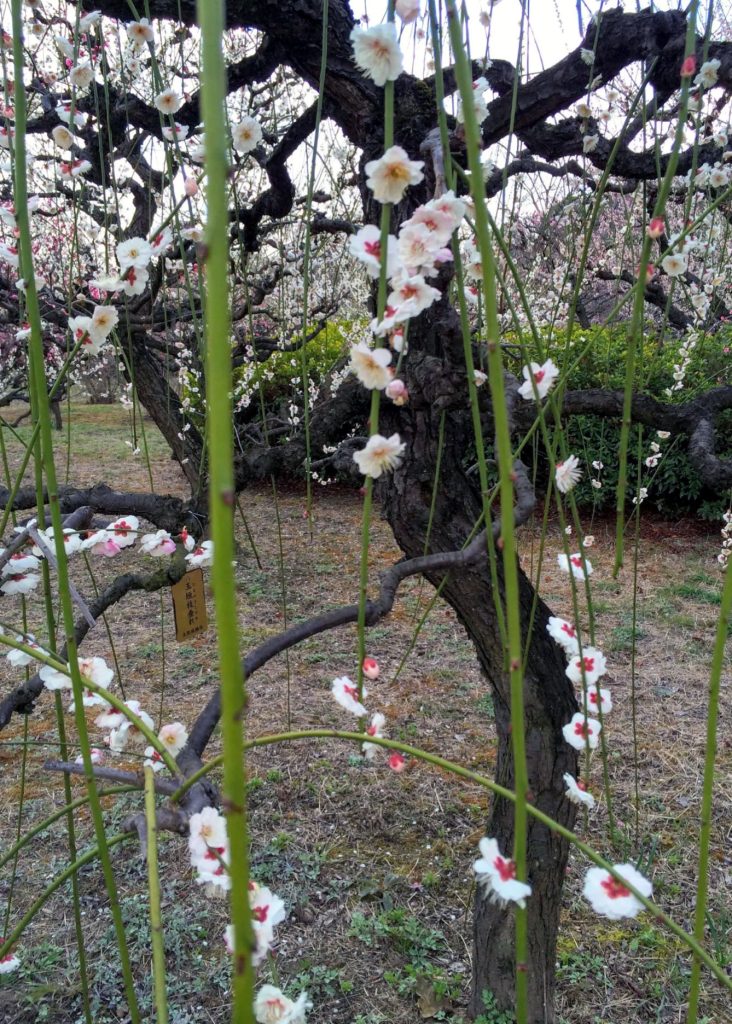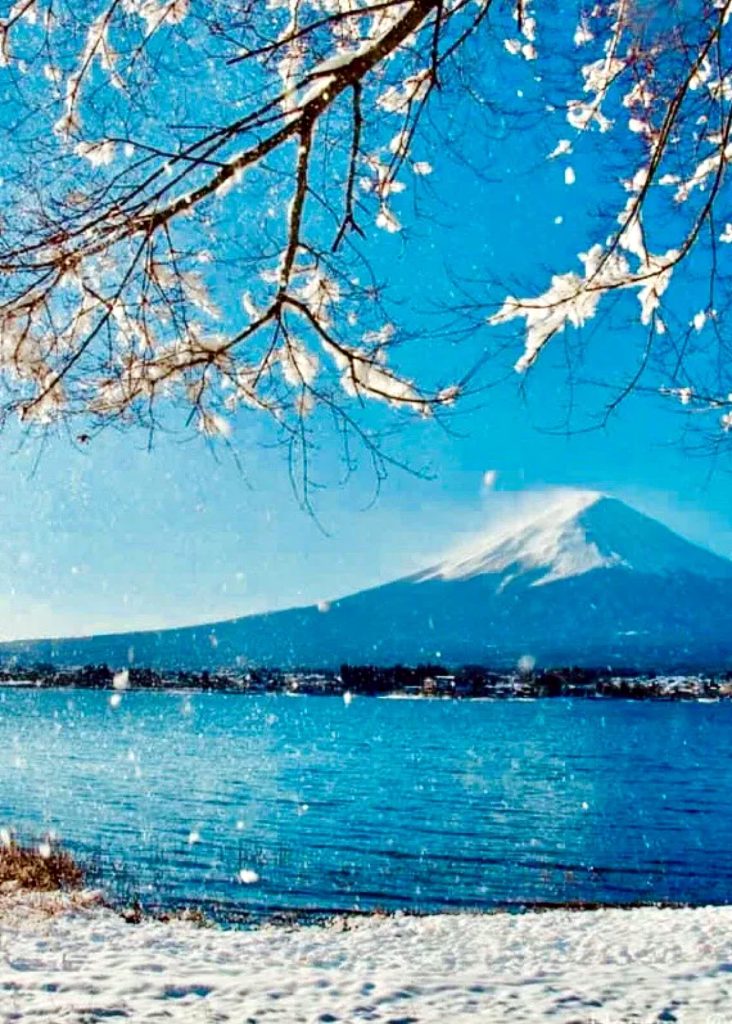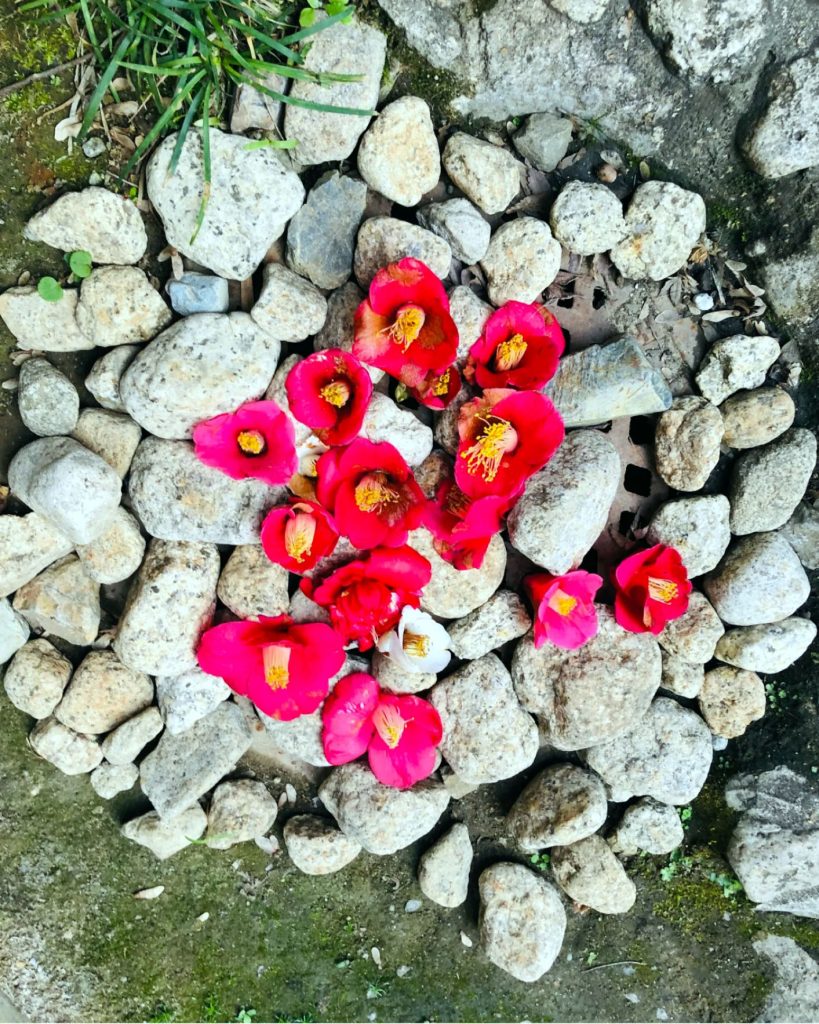
In the corner of a back alley with little traffic, pebbles are laid out in a circle, and fallen camellia flowers are displayed on the pebbles. It’s like a camellia blooming on the ground, and it’s alive. Who made the camellia circle stone? It’s a beautiful monument only for this winter. It is also characteristic of camellias that the fallen camellia flowers are decorated in this way, and the whole camellia flower falls. It is said that camellias are associated with death because they fall from the neck along with the flowers, and it is considered taboo to give them as a present to the sick. However, when I look at this monument, I can feel the beauty and warmth of the creator, and I am strongly conscious of the word “rebirth” rather than “death.”
人通りの少ない路地裏の一角に丸く小石が並べられ、小石の上に落ちた椿の花が飾られています。 地上に咲く椿のように、生き生きとしています。 椿丸石は誰が作ったの? この冬だけの美しいモニュメントです。 落ちた椿の花がこのように飾られ、椿の花全体が落ちるのも椿の特徴です。 椿は花と共に首から落ちることから死を連想させるとされ、病人に与えることは禁忌とされています。 しかし、このモニュメントを見ると造り手の美しさや温もりを感じることができ、「死」よりも「再生」という言葉を強く意識します。

